Canadian design firms nearly swept the recent American Society of Heating, Refrigerating, and Air-conditioning Engineers (ASHRAE) Technology Awards winning five out of six awards.
correspondent
Canadian design firms nearly swept the recent American Society of Heating, Refrigerating, and Air-conditioning Engineers (ASHRAE) Technology Awards winning five out of six awards.
The international program had 37 entries for innovative energy management and indoor air quality building designs. The majority of Canadian entries came from the Montreal and Quebec chapters, says ASHRAE vice-president David Underwood, P.Eng.
“It has become a competitive issue in Region II, which includes Quebec, Montreal, Ottawa, Toronto, Hamilton, Halifax, London, Moncton, and Windsor, and there appears to be increasing interest in the region,” he says. “The other incentive is the recognition of projects in the green building movement.”
In western Canada, Paul Marmion of Stantec Consulting in Vancouver was awarded first place in the new health care facilities category for the design of the HVAC, plumbing, and fire protection systems in the Abbotsford Regional Hospital and Cancer Centre.
Two 900-ton chillers are piped in a counter-flow configuration with chilled water temperature reset control to optimize energy efficiency, consuming a maximum of .5 Kw/ton of cooling. The system resulted in an immediate payback because there was no incremental capital cost of adding the courter-flow configuration.
The ARHCC is running 56 per cent below the Environmental Protection Agency’s energy benchmark, using just 153 kBtu/ft2. It is producing 3,140 metric tons of CO2, compared to 8,470 metric tons of CO2 produced by an equivalent facility.
Nathan Hart, chair of the judging panel, says many of entries took advantage of their specific geographical locations.
“[This helps] to highlight that one size does not fit all and that a more energy efficient design solution may be available when considering the project as a whole,” he says.
In the new commercial buildings category, Roland Charneux, P.Eng. of Pageau Morel & Associates in Montreal received first place for a 22,600-square-foot Mountain Equipment Co-op store that maximizes daylighting through a series of clerestory with a saw tooth shaped roof.
The building uses light and occupancy sensors and structural insulated panels (SIPs) for a building envelope insulated twice the recommendations of the Model National Energy Code for Buildings. Energy simulations showed a measured annual energy saving of 54 per cent and cost savings of 57 per cent.
Ken Sonmor of Ecovision Consulting in Montreal won the existing commercial buildings category for the IKEA Brossard Distribution Centre, a 79,750 square-metre warehouse where nearly 700 T12 high output lighting fixtures and 510 high-intensity discharge fixtures were replaced with more efficient units and custom reflectors.
A 160T geothermal system with a dual maglev frictionless compressor heat pump provides the building’s primary heat.
A greater than average number of wells maintain a close approach with the ground temperature of 50 F, permitting the reduction of glycol concentration and a 50 per cent improvement over a traditional geothermal layout.
René Dansereau of Dessau in Longueuil, Que. received first place in the educational facilities category for the design of the Université de Sherbrooke — Campus de Longueuil.
The 650,000-square-foot campus with 16-storey glass tower uses a chiller and geothermal system consisting of 37 vertical boreholes. The 165-ton screw chiller essentially acts like a heat pump, providing 25 per cent of the building’s heating and cooling capacity.
Three enthalpy wheels on new ventilation units recover latent and sensible heat that is usually lost in exhaust air, operating at an efficiency rate of 76 per cent.
Luc Simard of Compressor Systems Control (CSC) in Les Coteaux, Que. received first place in the existing industrial facilities or processes category for the renovation of Arena Marcel-Dutil in St-Gédéon-de-Beauce.
The arena was equipped with the first 100 per cent CO2-based refrigeration system for ice rinks in the world, once the existing R22 chiller and ice mat were removed and the concrete slab was retrofitted to install the new system.
The system uses R744 as both a primary and secondary working fluid, and because there is no secondary fluid, the evaporating temperature of the CO2 can be set at -7 C while keeping the ice sheet at -5 C.
The final award, for the new industrial facilities or processes category, went to Blake Ellis, P.E., Burns & McDonnell in Kansas City, Mo. for the design and installation of an 8.8 million gallon stratified chilled water storage tank at Texas Medical Center in Houston, Tex. The tank stands 150 feet high and is the tallest of its kind in the world.
JOC DIGITAL MEDIA
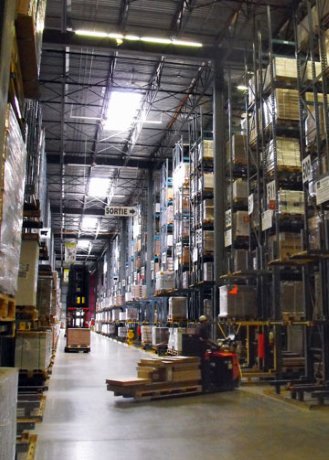


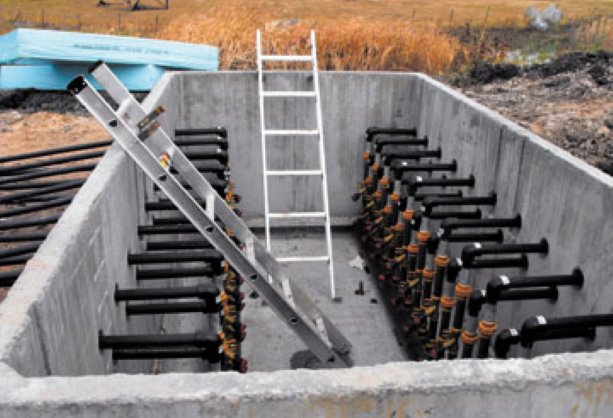





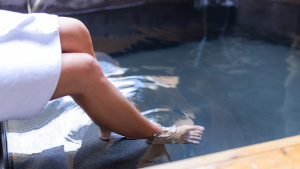
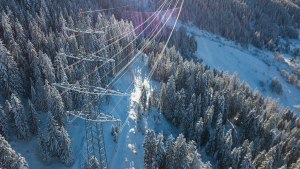
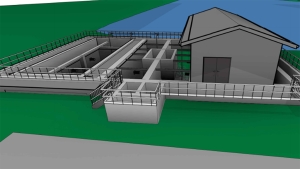
Recent Comments
comments for this post are closed